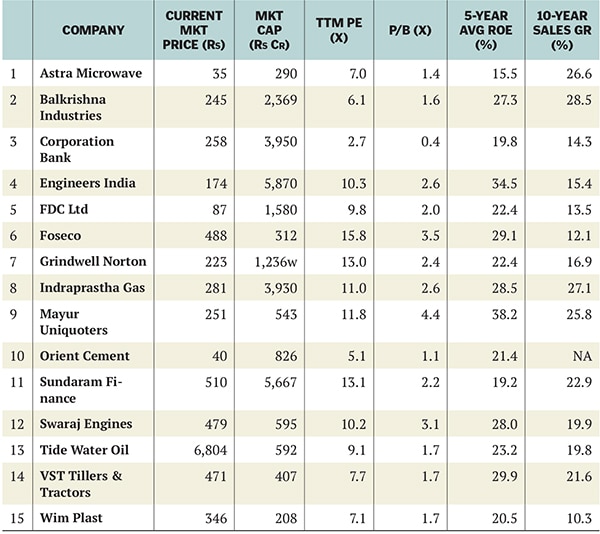Neglected Firms Stocks: Knowing When to Sell
The third and final instalment in the series on investing in neglected firms


Having passed the moment of truth by committing your money to these stocks, you now need to grapple with the issue of when to sell, evaluate the opportunity cost of switching and avoiding the rank duds! The crux of the generic investment strategy is to diagnose each stock’s position relative to the popularity flow. One obvious method is to monitor changes in the primary measures of neglect—analyst attention and institutional ownership. The other alternative is to track changes in price. While these two sets of signals tend to move in lock-step, quite often the response time differs. The price indicator has the advantage of being timely as well as more sensitive in its feedback. Changes in the primary measures of neglect serve as reliable leading indicators but are difficult to track on a regular basis given the absence of weekly/monthly data.
Calculating a measure of price momentum such as relative strength (vis-à-vis your chosen benchmark index) is probably the most dependable measure of “popularity flow”. The time period chosen to determine price momentum can vary from a month to the last six months. As long as the relative strength persists, you enjoy the ride. The critical question is knowing when to sell. When Baron Rothschild was asked about the essence of his investment success, he summed it up by saying, “I always sell too soon.” The best time to sell, as a practitioner of generic stock investing, is when both of the following conditions are satisfied:
The suggestions on the screening process, extent of diversification and exit strategy are clearly idiosyncratic. While they have a veneer of formulaic precision and are supported by empirical research, these methods are nothing more than techniques to support better decision making. There is absolutely no doubt that the generic investing strategy is a DIY approach that depends considerably on personal judgment and preferences. The better your judgment and the more creative your decision making, the greater the rewards.
Remember to stay flexible and open-minded. The method is bound to improve over time like good wine as you continually incorporate the feedback from your own learning process. Embrace risk in a positive manner, have realistic objectives and remain patient.
As the Reverend Samuel Johnson put it: It is by studying little things that we attain the great art of having as little misery and as much happiness as possible.
Good luck and Godspeed!
Sanjoy Bhattacharyya is a partner at Fortuna Capital
Disclosure: This column is neither an offer to sell nor solicitation to buy any of the securities mentioned herein. The author frequently invests in the shares discussed by him.
First Published: Oct 19, 2013, 06:03
Subscribe Now